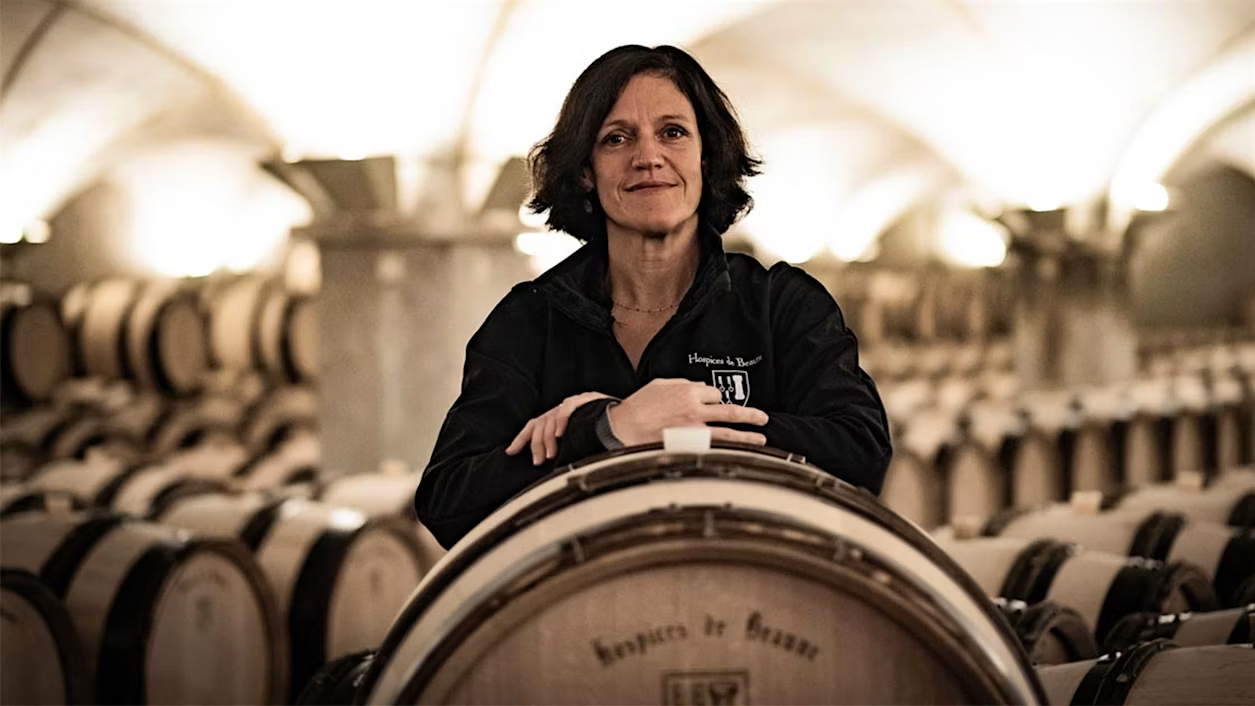Wine, a complex and diverse beverage, comes in various types including red, white, sparkling, and rosé, each offering unique characteristics and flavor profiles. Red wines, often crafted from dark-colored grape varieties, typically exhibit higher tannin levels which contribute to their astringency and longevity. Common varietals such as Cabernet Sauvignon and Merlot showcase rich, bold flavors often complemented by dark fruits and earthy undertones. Conversely, white wines are generally made from green or yellowish grapes, presenting a lighter, often crisper taste profile. Varietals like Chardonnay and Sauvignon Blanc may feature fruity, floral, or mineral characteristics, marked by lower tannin content and higher acidity.
Sparkingling wines, renowned for their effervescence, are primarily produced through fermentation methods that trap carbon dioxide, creating delightful bubbles. Champagne, a famous type of sparkling wine originating from the Champagne region of France, is celebrated for its refined taste and festive nature. Rosé wines, blending elements of both red and white wines, are crafted by allowing grape skins to have brief contact with the juice, resulting in a vibrant hue and a balanced flavor spectrum that can range from sweet to dry.
Furthermore, several critical elements significantly influence the tasting experience of wine. Acidity, often responsible for a wine’s freshness, can enhance food pairing by cutting through rich flavors. Tannins provide structure and age-worthiness to red wines, while sweetness balances the acidity in many white and sparkling varieties. Alcohol content, which varies by type and region, plays a role in the body and mouthfeel of the wine.
Moreover, the origin of the wine, known as its region, holds considerable importance in determining its taste. Different climates, soil types, and grape growing conditions shape the characteristics of the wine. A basic understanding of varietals and their correlations to specific regions can greatly enhance one’s food and wine pairing experience, allowing for more informed choices and delightful combinations.
Fundamental Principles of Food and Wine Pairing
Food and wine pairing is an art that hinges on understanding the principles of flavor compatibility, which can elevate a dining experience. One of the foundational concepts is the idea of complementary flavors. This principle posits that certain taste profiles, when combined, can enhance one another. For example, a rich, buttery Chardonnay can beautifully complement a creamy Alfredo sauce, as the wine’s acidity cuts through the richness, creating a balanced palate. On the contrary, contrasting flavors can also create exciting pairings. A crisp Sauvignon Blanc, with its zesty citrus notes, can provide a delightful counterpoint to the savory richness of grilled chicken seasoned with herbs.
The weight and body of both food and wine play crucial roles in successful pairings. A heavier dish, such as a slow-braised beef stew, typically pairs best with a full-bodied red wine like Cabernet Sauvignon. The wine’s robust flavors and tannins match the dish’s richness, ensuring that neither overwhelms the other. Conversely, lighter options, like salads or seafood, should be paired with wines that possess a lighter body, such as a Pinot Grigio, allowing the delicate flavors to shine without competing against an overpowering wine.
When matching wines with different food groups, some practical guidelines can be helpful. For meats, consider red wines for red meats and white wines for poultry. Seafood often pairs well with crisp whites, while hearty stews can benefit from bold, full-bodied reds. Vegetables, particularly in salads, can be enhanced by aerated whites or light reds. Lastly, desserts and wine also require thoughtful consideration, where sweeter wines, such as Sauternes, can enhance the sweetness of dessert dishes. Applying these fundamental principles can help cultivate an informed approach to food and wine pairing, allowing for delightful culinary experiences.
Common Pairing Mistakes to Avoid
When engaging in the art of food and wine pairing, several common pitfalls can detract from the experience. One prevalent mistake is ignoring the intensity of flavors in both the dish and the wine. It is crucial to consider the weight and richness of the ingredients. For example, a bold Cabernet Sauvignon may overwhelm a delicate seafood dish, while a lighter Sauvignon Blanc would complement it beautifully. Matching the intensity ensures a harmonious balance, allowing both the food and wine to shine.
Another frequent error is overlooking regional pairings. Many people fail to recognize the natural affinity between local foods and wines. For instance, pairing a rich Italian pasta with a robust Chianti can enhance the flavors significantly, as both originate from similar terroirs. By adhering to regional pairings, you can create synergies that celebrate the culinary tradition and enhance the overall dining experience.
Additionally, being overly rigid with pairing rules can stifle creativity. While guidelines exist to offer structure, it is essential to remain open to experimentation. A common belief is that red wine must always accompany red meat; however, a nuanced white wine can also complement many meat dishes. Encouraging personal preferences while allowing for exceptions can foster discovery, leading to taste preferences that may defy conventional wisdom.
To break the rules successfully, consider the fundamental characteristics of the food and wine. Assess the acidity, sweetness, and tannin levels to find unique combinations that surprise the palate. Embrace the adventure of pairing by tasting various options and noting what works for you. This approach fosters a personalized understanding of flavors, allowing for enjoyable and memorable dining experiences. By being mindful of these common mistakes, one can enhance their food and wine pairing endeavors substantially.
Creating Your Own Food and Wine Pairing Experiences
Creating memorable food and wine pairing experiences at home can be both enjoyable and rewarding. By thoughtfully combining wines and dishes, one can elevate any gathering—from intimate dinners to lively dinner parties. To begin, consider hosting a tasting event focused on a specific region, varietal, or theme. This structure encourages guests to explore different flavors and learn about the intricacies of each pairing.
When planning a dinner party, it is essential to curate a menu that harmonizes with selected wines. Start by selecting a primary wine and then build your menu around it, choosing seasonal ingredients that complement its flavor profile. For instance, if you opt for a crisp Sauvignon Blanc, fresh seafood dishes such as grilled shrimp or ceviche can provide a delightful balance. On the other hand, a rich Cabernet Sauvignon pairs beautifully with hearty dishes like roasted lamb or mushroom risotto, showcasing the possibilities of flavor interactions.
Sourcing high-quality wines and foods is crucial for a successful pairing experience. Local farmers’ markets or specialty wine shops can be excellent places to discover unique ingredients and wines. Engaging with local producers not only supports community businesses but can also lead you to extraordinary pairings that are often overlooked. Don’t hesitate to ask for recommendations from expert staff; they can guide you toward selections that would enhance your meal.
Presentation and ambiance further influence the overall dining experience. Setting the table with care, employing attractive plating techniques, and lighting can significantly enhance the enjoyment of your food and wine pairings. Encourage creativity by allowing guests to share their thoughts about the pairings. This dialogue can foster a deeper appreciation for the nuances of flavor and bring everyone together in a unique way. Embrace the art of food and wine pairing, and you will create unforgettable experiences that delight both your palate and your guests.










